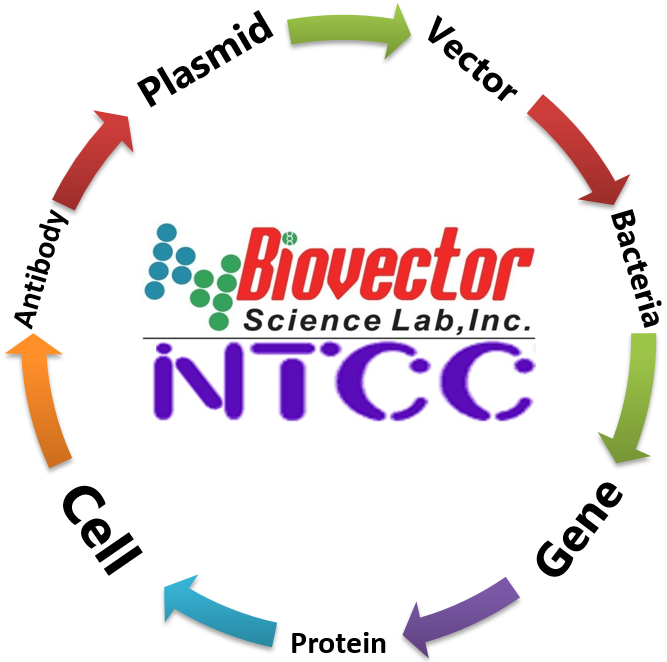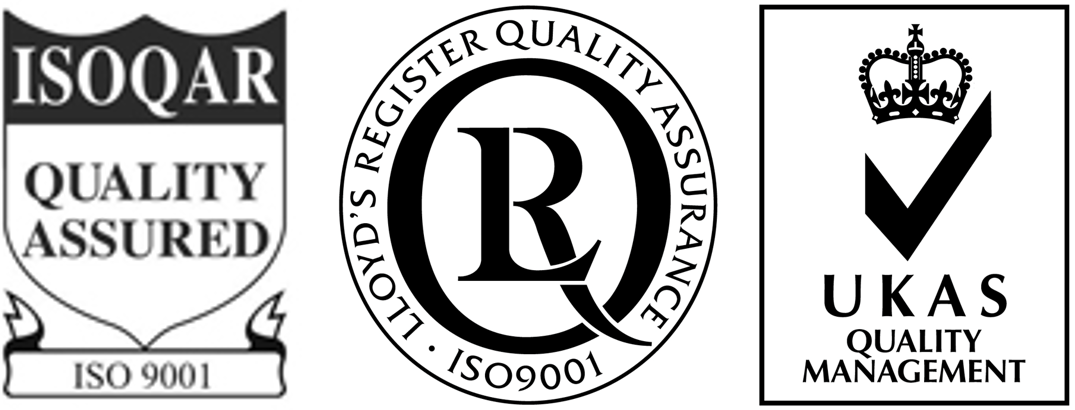- BioVector NTCC典型培养物保藏中心
- 联系人:Dr.Xu, Biovector NTCC Inc.
电话:400-800-2947 工作QQ:1843439339 (微信同号)
邮件:Biovector@163.com
手机:18901268599
地址:北京
- 已注册
Order ID | Name | Description |
Biovector105975 | pMP2463 | pMP2463, 15uL DNA. GmR.Storage:-20℃ |

We developed two sets of broad-host-range vectors that
drive expression of the green fluorescent protein (GFP) or
color variants thereof (henceforth collectively called autofluorescent
proteins [AFPs]) from the lac promoter. These
two sets are based on different replicons that are maintained
in a stable fashion in Escherichia coli and rhizobia.
Using specific filter sets or a dedicated confocal laser scanning
microscope setup in which emitted light is split into
its color components through a prism, we were able to unambiguously
identify bacteria expressing enhanced cyan
fluorescent protein (ECFP) or enhanced yellow fluorescent
protein (EYFP) in mixtures of the two. Clearly, these vectors
will be valuable tools for competition, cohabitation,
and rescue studies and will also allow the visualization of
interactions between genetically marked bacteria in vivo.
Here, we used these vectors to visualize the interaction between
rhizobia and plants. Specifically, we found that
progeny from different rhizobia can be found in the same
nodule or even in the same infection thread. We also visualized
movements of bacteroids within plant nodule cells.
The following plasmids carrying genes expressing different autofluorescent proteins (AFPs) (pMP2463, green),
(pMP4516, cyan) and, (pMP4518, yellow) to mark Aur6, AMG443 and ISP42 strains;
(pMp4655, green), (pMP4641, cyan) and, (pMP4518, yellow).
Initially, the coding sequence for EGFP was transferred into
the broad-host-range vector pBBR1MCS-5 in frame with the
LacZ-a-peptide, which is expressed from the lac promoter. E.
coli harboring such a plasmid (two clones, pMP2444 and
pMP2463 were used) showed clear EGFP fluorescence when
viewed by fluorescence microscopy using the appropriate excitation
and emission filters. We noted that when Escherichia
coli was grown under high selective pressure (gentamicin at
40 μg/ml instead of 10 μg/ml) pMP2463 could be reproducibly
mutated into a form that produced much higher levels of
EGFP per cell than the unmutated form as detected by fluorescence
microscopy. Analysis of plasmid DNA isolated from
Corresponding author: Nico Stuurman; Telephone: +31 71 527 4909;
Fax: +31 71 527 4999; E-mail: stuurman@rulbim.leidenuniv.nl
/ Molecular P 1164 lant-Microbe Interactions
these cells suggested that this mutation strongly increased the
plasmid copy number (data not shown). The same effect on expression
was noted when one of the mutated isolates (pMP2464)
was transferred to various rhizobia species, suggesting that the
copy number effect is maintained across bacterial species.
To express other AFPs, the coding sequence for ECFP and
EYFP was inserted into pBBR1MCS-5, resulting in pMP4516
and pMP4518, respectively. E. coli transformed with each plasmid
indeed expressed the expected protein as determined by
fluorescence microscopy using the appropriate filter sets. When
crossed into various rhizobial species, cells became fluorescent
with the expected excitation and emission characteristics.
As a result, it was possible to mix two populations of rhizobia,
each expressing a different fluorescent protein, and to trace
the individual populations within the mixture. To specifically
detect bacteria expressing ECFP or EYFP, we used a confocal
laser scanning microscope that allows detection of emitted
light at freely selectable wavelengths. For ECFP, objects were
excited with light of 457 nm and emitted light was detected
around 480 nm, whereas for EYFP, excitation was at 488 nm
and detection around 540 nm. To avoid cross talk, the images
for each channel were acquired separately.
Insertion of the ECFP and EYFP coding sequence into
pMP2464 resulted in plasmids pMP4517 and pMP4519 (Fig.
1). Analysis of plasmid stability of these two plasmids in
various rhizobial species (also discussed below) showed, surprisingly,
that the high-copy, ECFP-containing derivative
pMP4517 was less stable in the absence of antibiotics in species
Mesorhizobium loti R7A and S. fredii USDA201. Although
this effect was not clearly noticeable with the EYFPcontaining
plasmid pMP4519, we decided not to use the highcopy-
number derivatives for infection studies.
A second set of AFP-expressing vectors was constructed
using plasmid pME6010, which is known to be very stable in
various soil bacteria (Heeb et al. 2000). The resulting plasmids,
pMP4657, pMP4656, and pMP4639, confer tetracycline
resistance and express the EGFP, ECFP and EYFP genes, respectively,
driven by the lac promoter.
The various constructs as well as the relative levels of AFP
expression in rhizobia transfected with these plasmids are
summarized in Figure 2. Results show that levels of fluorescence
correlate with the presumed copy number of the plasmid
replication origin.
Transformation of plasmid DNAto competent E. Coli cells
Thaw competent cells on ice. 20–200µL per tube
Add max. 1-3µL of plasmid
Mix very gently!
Incubate the tubes on ice for 30 min
Heat shock the cells for 45 sec to 2 min at 42°C
Place the tubes immediately on ice for at least 2 min
Add 800µL of SOC medium to each tube
Incubate for 1 hour at 37°C and shake vigorously
Spin down briefly and remove most supernatants
Resuspend cell pellet with the rest SOC medium in the tube by pipetting
Plate out the suspension on a LB agar plate containing the appropriate antibiotic. Incubate the plates overnight at 37°C
您正在向 biovector.net 发送关于产品 pMP2463原核荧光表达载体广宿主载体质粒图谱序列抗性 的询问
- 公告/新闻




